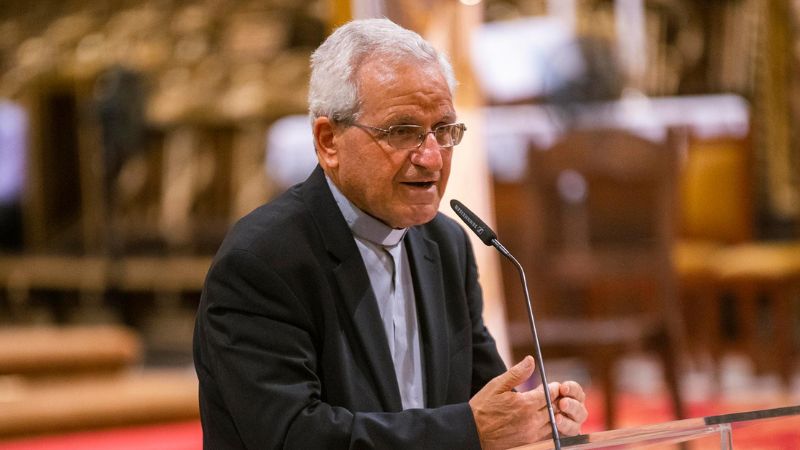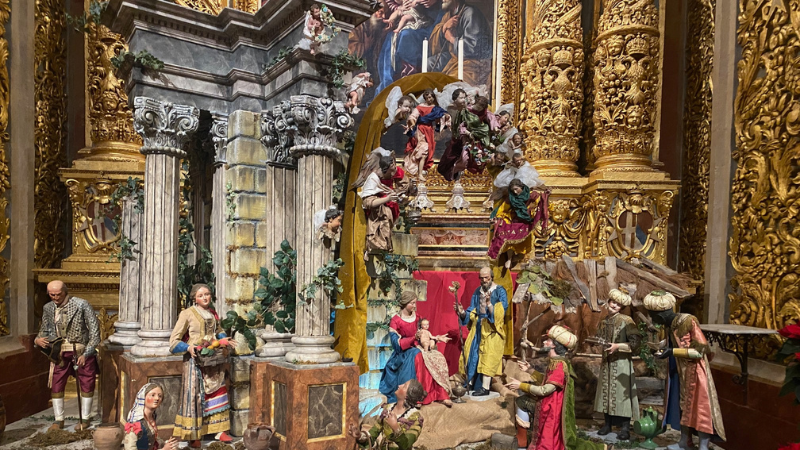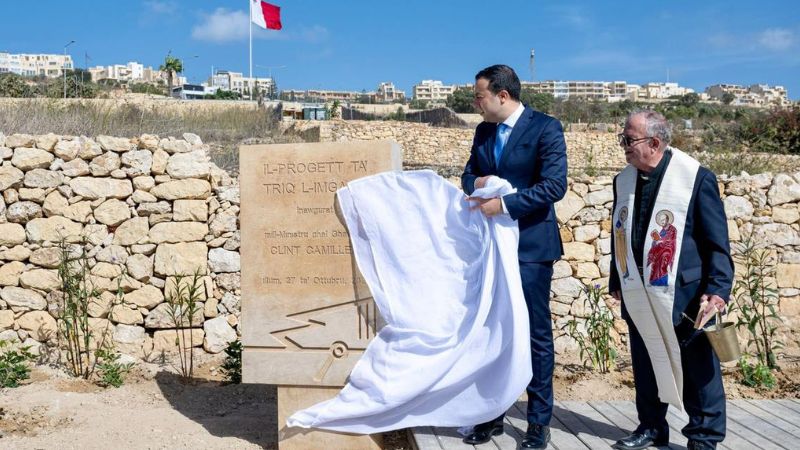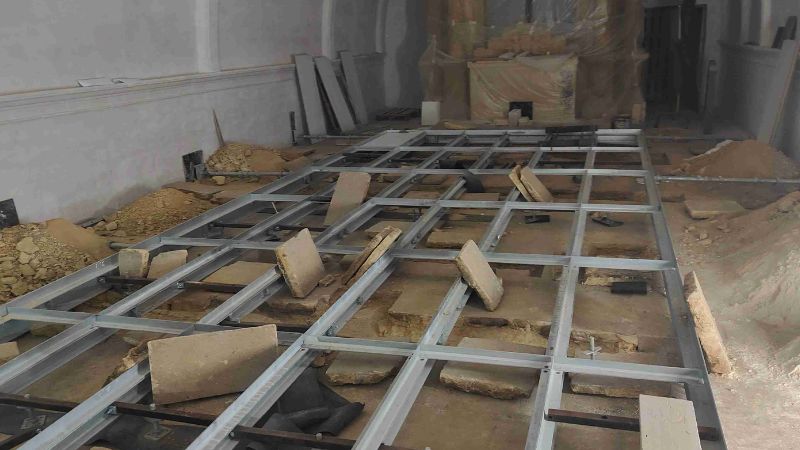Experts in Malta’s cultural heritage, art, and baroque architecture have slammed the recent addition of a € 70,000 18th-century Neapolitan crib’ at St John’s Co-Cathedral.
They question its authenticity and procurement while shedding more insight into some Foundation members’ possible “personal interests” in its acquisition.
The Shift reported that the acquisition of the ‘antique’ crib was shrouded in mystery. The Foundation, led by Monsignor Emmanuel Agius, refused to name its supplier even though it said it had been selected following a tender process.
The Shift revealed that the crib was acquired from a Mosta-based antique dealer, Zammit Antiques, which happened to have the requested antique crib sitting in its shop at the same time as the Foundation was seeking such an antique installation.
When questioned about whether the crib, or parts of it, used to belong to a member of the Foundation’s board before finding itself for sale at Zammit Antiques, the Foundation’s CEO, Tonio Mallia, categorically ruled out the claim.
Following The Shift’s report, other sources close to the Foundation said, “It is widely known that individuals involved in the project and sitting on the Foundation’s board are avid collectors of Neapolitan figures.”
However, they said that this could be “just a coincidence”.

Foundation President Emmanuel Agius teaches morality and ethics at the University.
“This perception is further compounded by claims that the original public call for the crib project was disregarded, with decisions made privately and concealed from public scrutiny. Such a lack of transparency not only diminishes public trust but also undermines the principles of fairness and openness essential for initiatives of significant cultural importance,” a cultural expert said.
Others questioned the suitability of such a crib, which they said fell short of standards at such a prestigious venue.
They insisted that while the cathedral’s baroque grandeur provides an opulent and meaningful setting, there is a strong argument that a crib reflecting Maltese cultural traditions with a Baroque influence would have been a more suitable choice rather than adopting an imported Neapolitan aesthetic.
“Introducing a Neapolitan crib, complete with figures and costumes that reflect a foreign tradition, risks undermining the Cathedral’s historical and cultural significance. This decision raises important questions regarding the cultural relevance of such an installation in a sacred space that has long symbolised Maltese heritage,” a historian said.
The crib’s authenticity is also under scrutiny.
Critics told The Shift that while Neapolitan cribs are traditionally renowned for their detailed craftsmanship and historical authenticity, the figures in this installation at St John’s fail to meet these high standards.
Many of the figures appear to have been reconstructed, with modern clothing that does not align with the claimed 18th-century aesthetic. This lack of authenticity results in inconsistencies, with some figures displaying disproportionate features, such as oversized heads.
“Larger figures are less commercially viable and tend to be less cost-effective, adding further doubts about the rationale behind their selection,” they said.
Archbishop Charles Scicluna inaugurated the crib in 2020, but the acquisition process was kept secret.
The Foundation, led by the Curia’s nominee, has become synonymous with mismanagement and waste of funds, particularly regarding the long-awaited museum extension, which was to open in 2019 but is still under construction.
The Foundation has not yet announced when the much-awaited museum will be finished or how much it will cost. Originally, the extension had a budget of €10 million.













Who is paying for this crib?
You, me , us
Anyone with a keen eye for detail can clearly notice that this crib is not an authentic 18th century but presumably a 19th or even a 20th century replica of an 18th century. Moreover the scenery is mediocre, far from the artistic quality of a true authentic Neapolitan baroque cribs found in Caserta. The scenery has disproportionate columns of a low quality craftsmanship which is far from an authentic 18th century work of art. Some rumours has been going for the past years that behind Zammit antiques of Mosta there is another supplier who happen to be another monsignor and quite well known in certain circles of having imported a number of works of art and sold them by hand, mostly Neapolitan figures. It is said that this Monseigneur from Mgarr is also in contact with both Zammit antiques and also with Mons Agius as having had imported and assembled a number of crib figures.
This is quite interesting. Thanks for sharing.
Such a typical behaviour for Malta.
Foundation President Emmanuel Agius teaches morality and ethics at the University who does he teach this to as I see little sign of either in Malta
Kulhadd uman, anke n- nies tal-knisja.Favuri kullimkien u wiehed ihokk d- dahar l- iehor.